Thoughts on teaching an intro robotics class
I just finished teaching my first intro robotics course at Springfield College. This post will share some of the highlights of our projects and lessons I learned from teaching a hardware class.
Students
I think the students were truly excellent. They were excited, eager to learn, and motivated to finish projects to the best of their ability. It was refreshing teaching a course where the atmosphere was conducive to experimenting, trying things out, and having fun. Don’t get me wrong, some projects (most?) had tight deadlines. However, I tried to engender an atmosphere that our focus was on the experience and journey, not necessarily some idealistic deliverable. In truth, it also took a burden off of me not trying to recreate roboticists from my alma mater (UMICH). Overall, this class would not have been a success if not for the inaugurating class.
Circuits and Soldering
The beginning of the class focused on teaching lab safety and the basics of electricity to ensure everyone respected and understood its power. I moved on to electrical components, DC circuits, and Ohms law. This was extremely fun for me because I was able to teach a basic electrical model and have the students verify it for themselves. It was great seeing them make predictions about what amperage they should read and then measure to confirm (or contradict !?) Ohms law. Their measurements often lined up closely to their predictions but our $4.97 Harbor Freight multimeters were put to the test. It was great to discuss that models are fallible tools, the types of error/uncertainty you may encounter (multimeters, resistors, leds), and that assumptions are baked into everything!
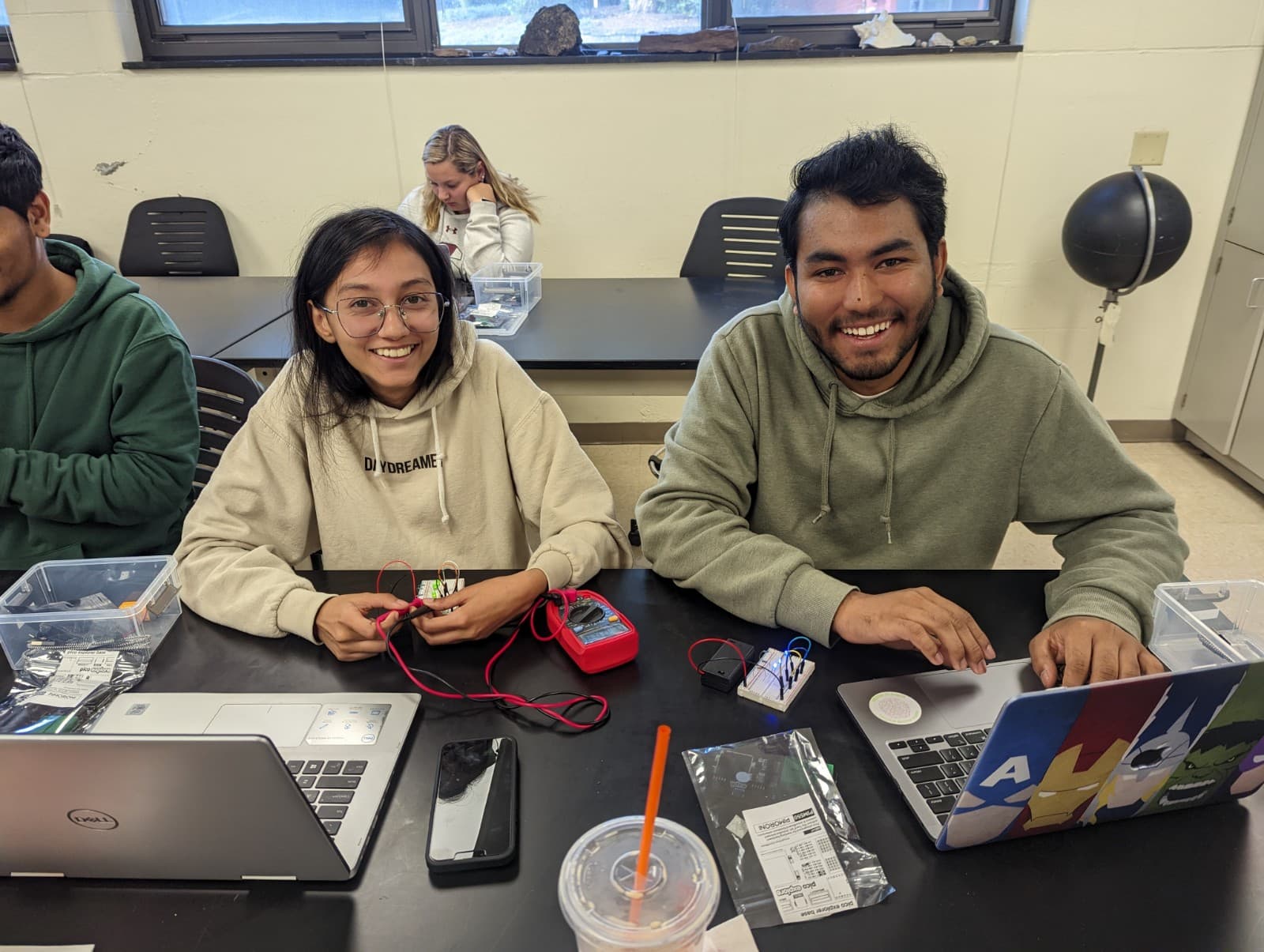
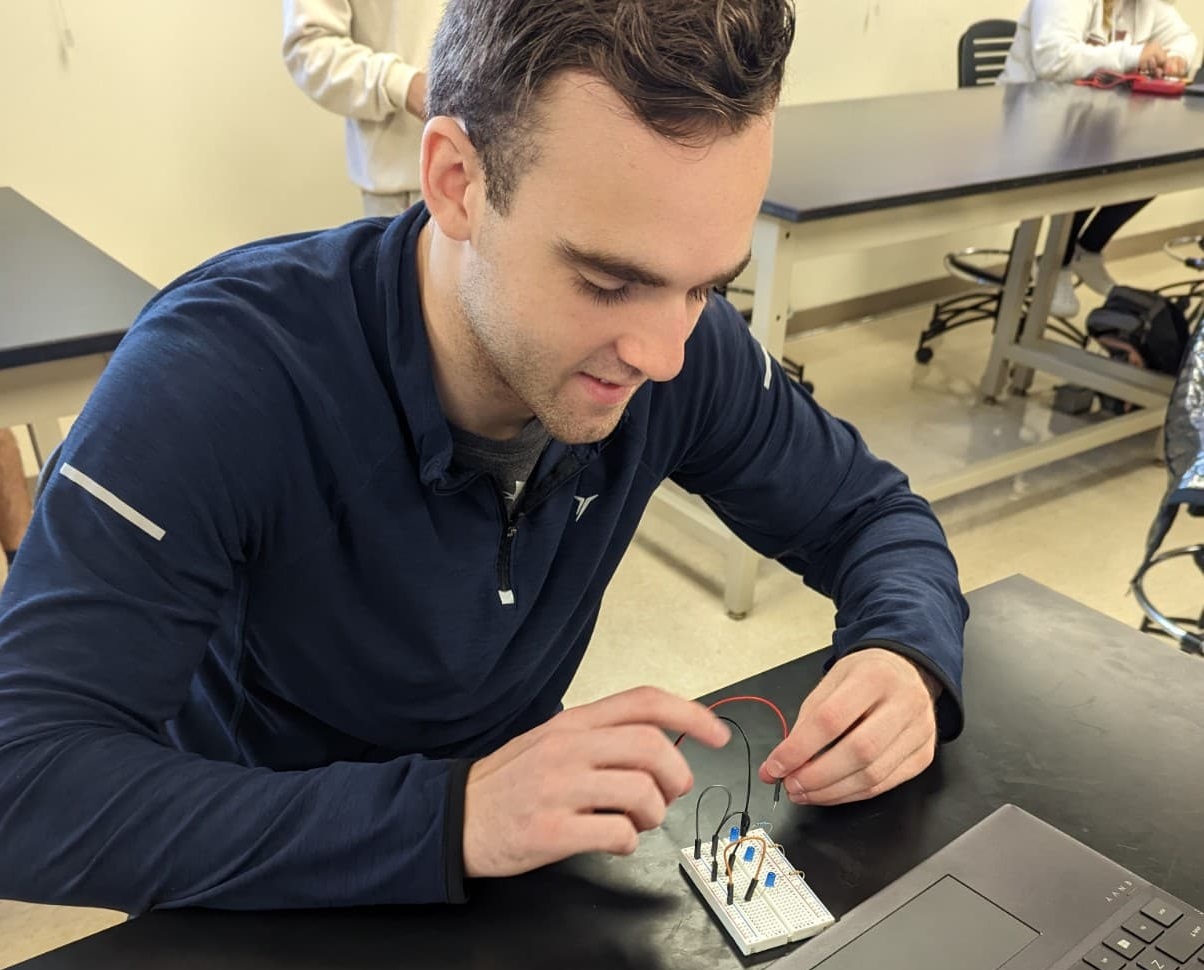
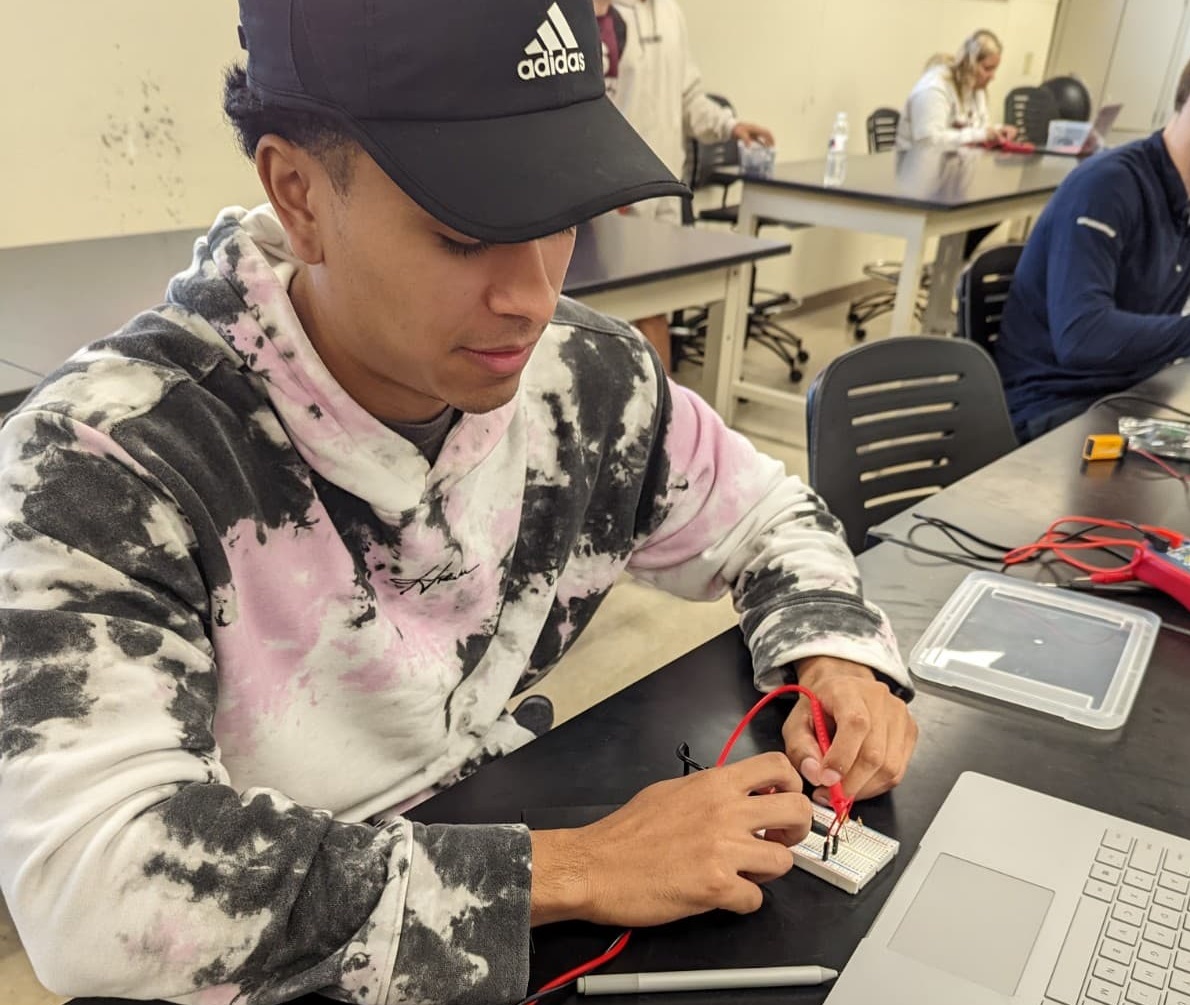
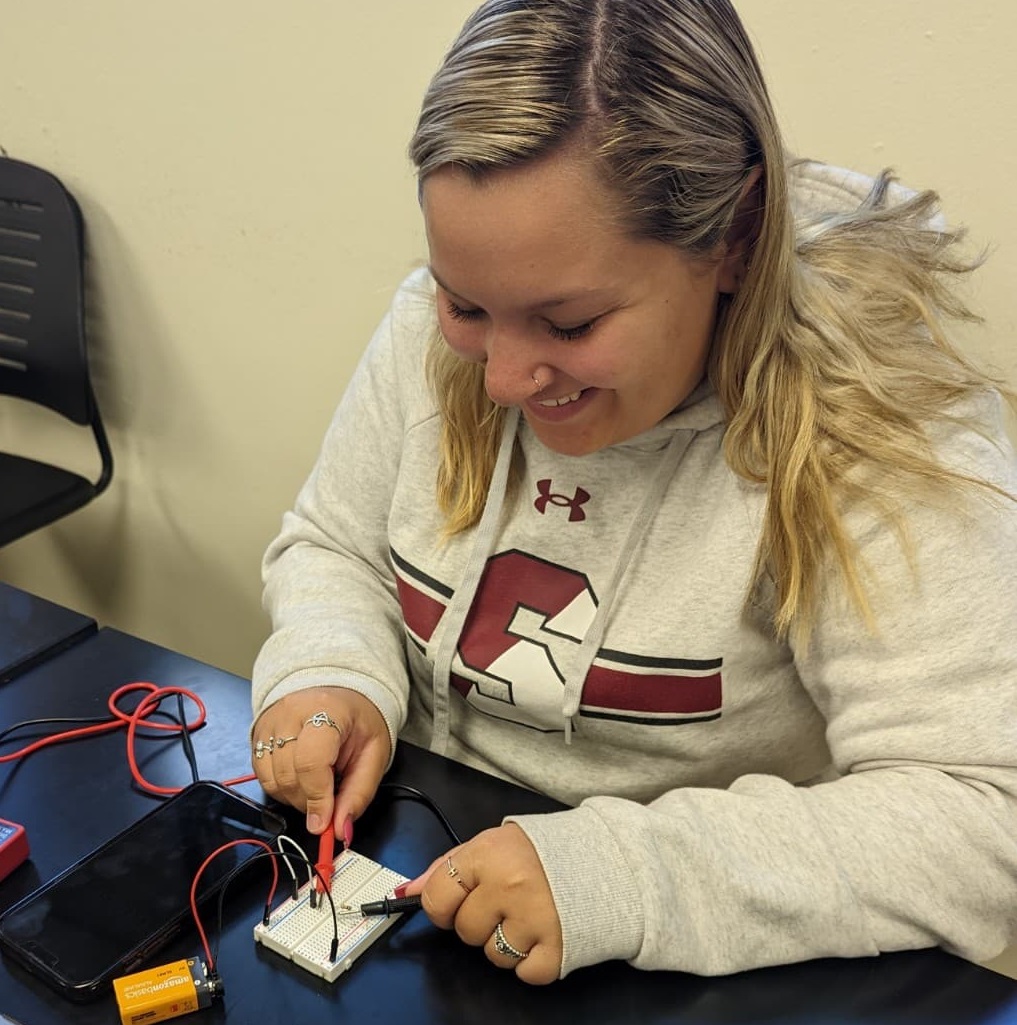
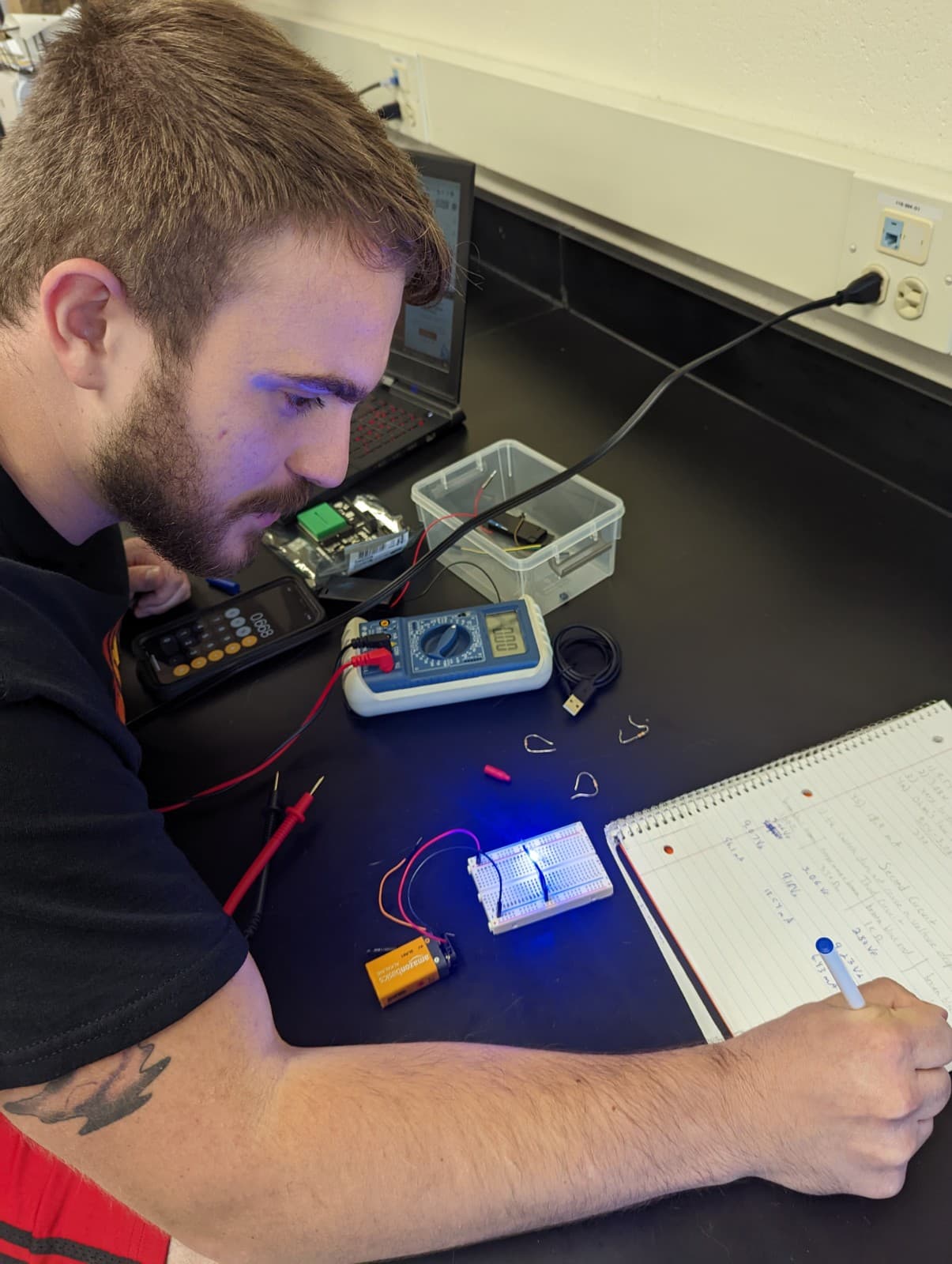
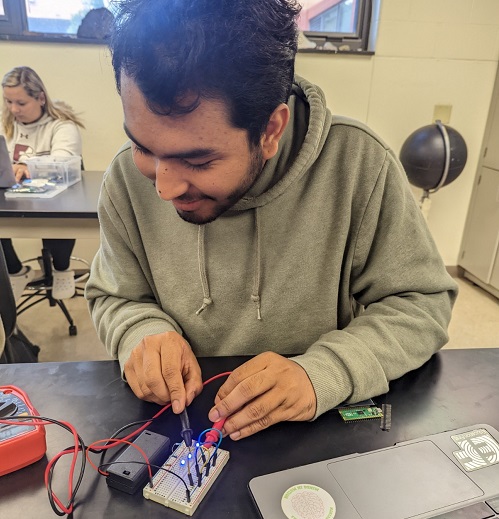
I am certainly no expert in soldering. I even questioned my competence before class started! However, within a few weeks, the entire class had soldered headers to their very own Raspberry Pi Pico.
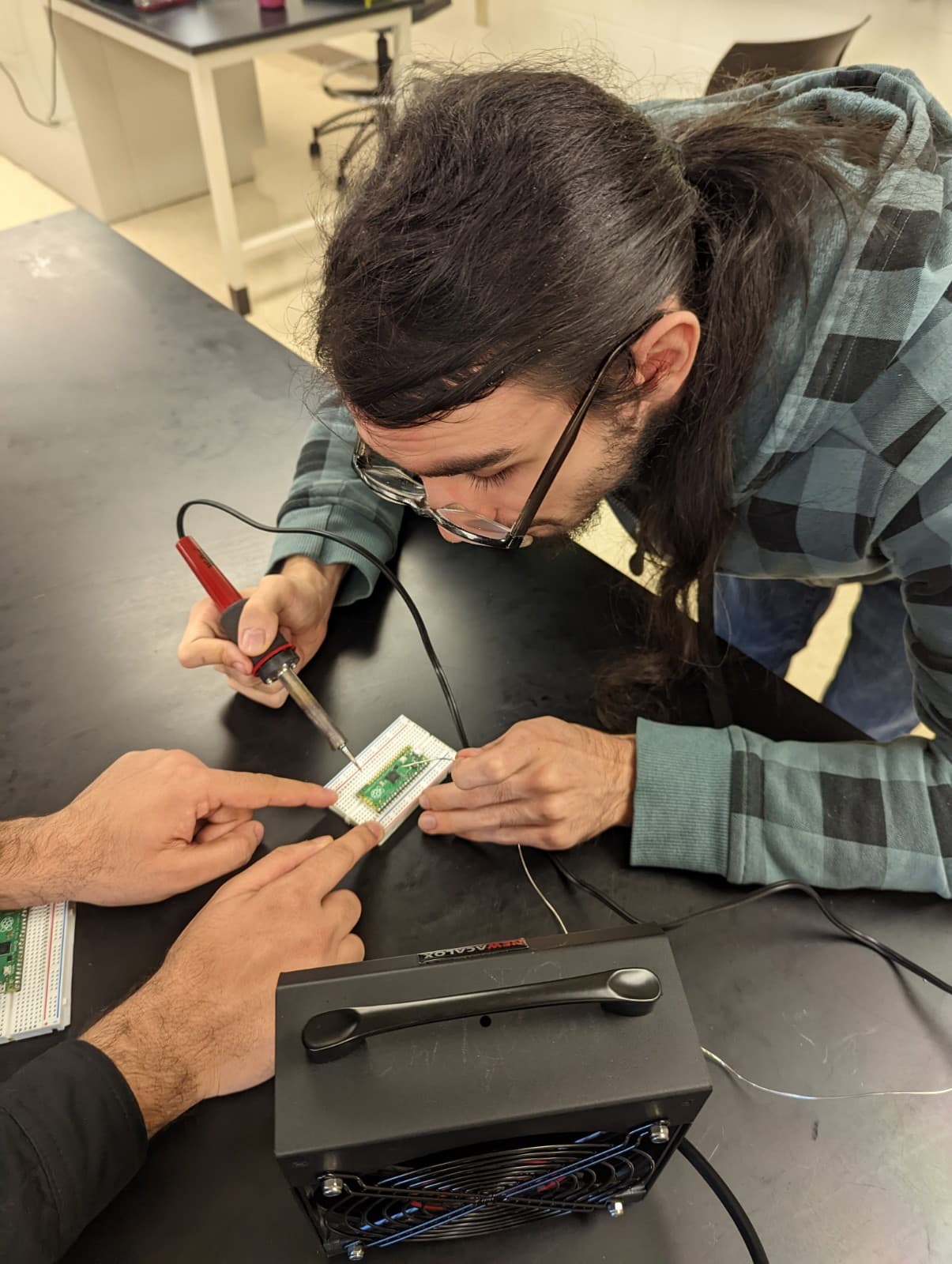


Microcontrollers
Now this was where things got really fun. We used the Pimoroni Pico Explorer boards with our Pico microcontrollers. This gave us an awesome hardware/software suite to begin manipulating the physical world with code. It comes with a small OLED display, buttons, speakers, a motor driver, and I2C breakouts. It was honestly pretty excellent! I also purchased numerous other sensors, actuators, and components for the students to play with. I created many different projects for the students to experiment with that were fully coded and diagrammed. The students needed to recreate them and then make smaller to progressively larger modifications to make them more exciting. Final projects required them to create whatever they wanted. The finished projects ranged from a recreation of flappy bird, a disco theatre, a recreation of ping pong, and a functioning water pump driven by a level sensor!
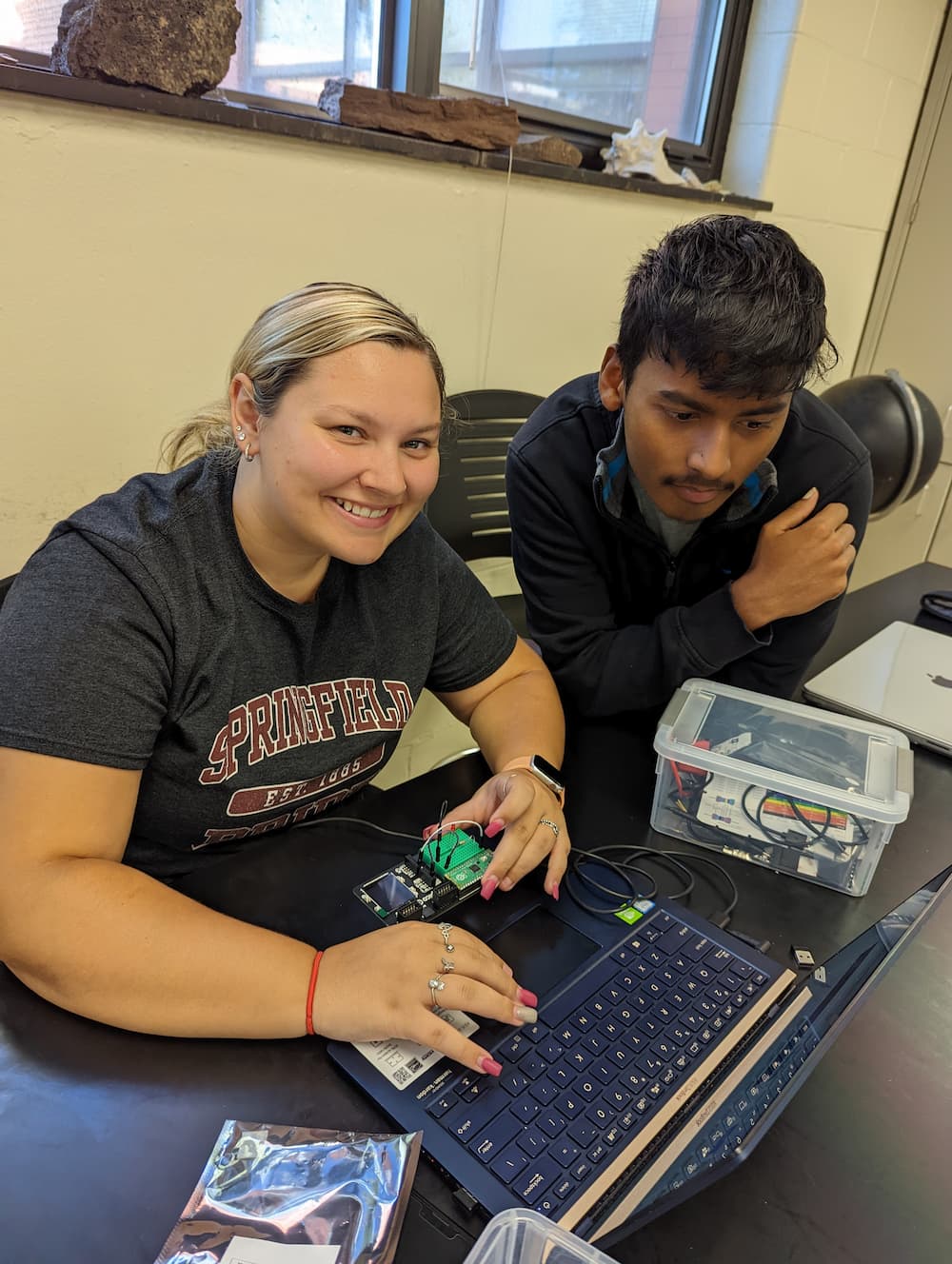

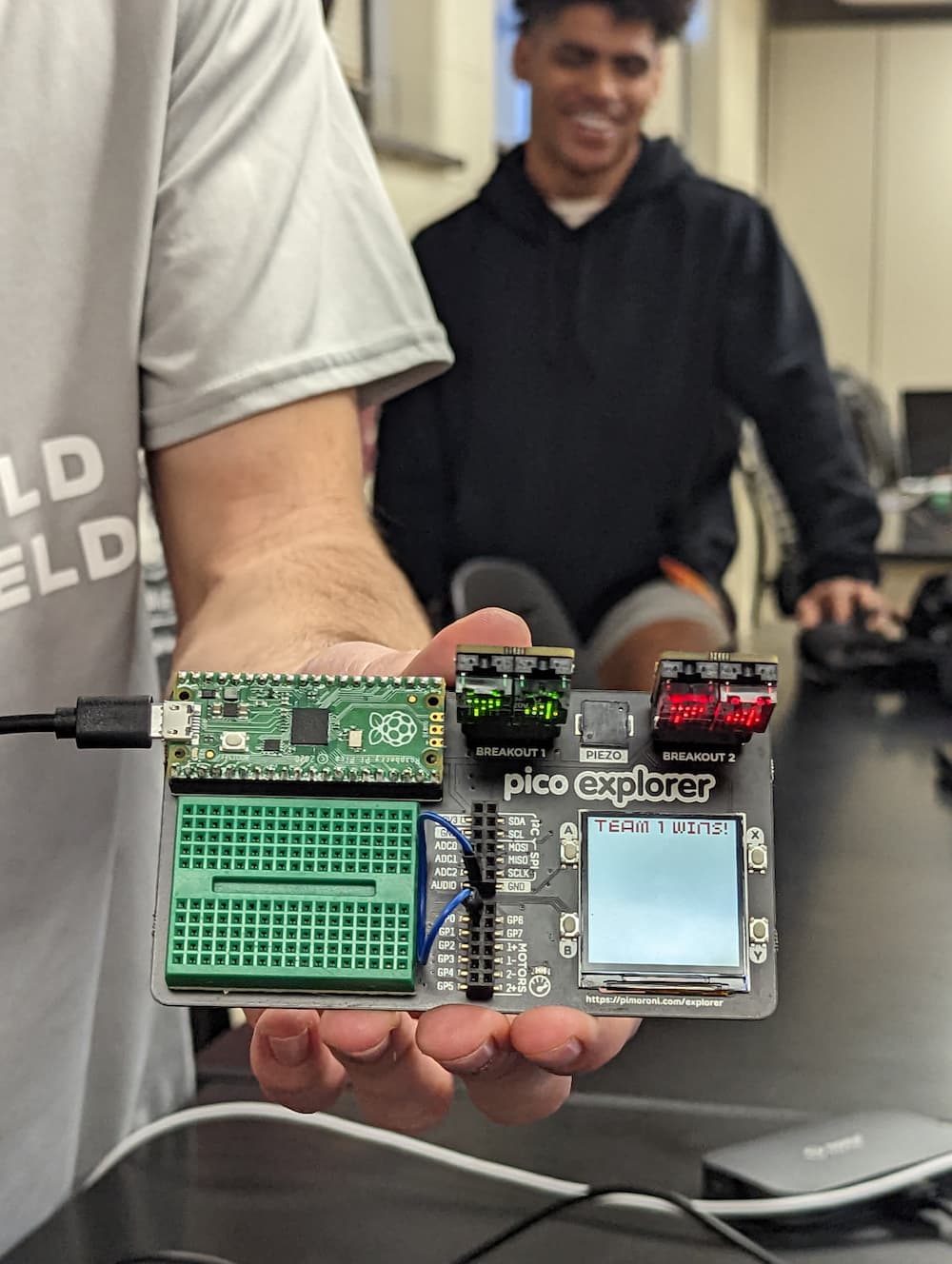
3D Printing and Robot Arm
The final projects involved learning how to create 3D objects in CAD and print them. Students were able to print out a 3D robot and then build it together. They were tasked with designing an end effector (the “hand” of the robot) and program a routine. We followed the base design from Poppy Ergo Jr. To be honest, I think the hardware and design are pretty slick, but the software seems to have many bugs and runs very slow on the RPI 3b which we used. I think if I were to teach this class again I would try to find a way to simplify the software control and make it more reliable. Overall, the projects came out awesome! We had tea-steeping arms, ping-pong launchers, duck rescuers (devourers?), and punching robots!
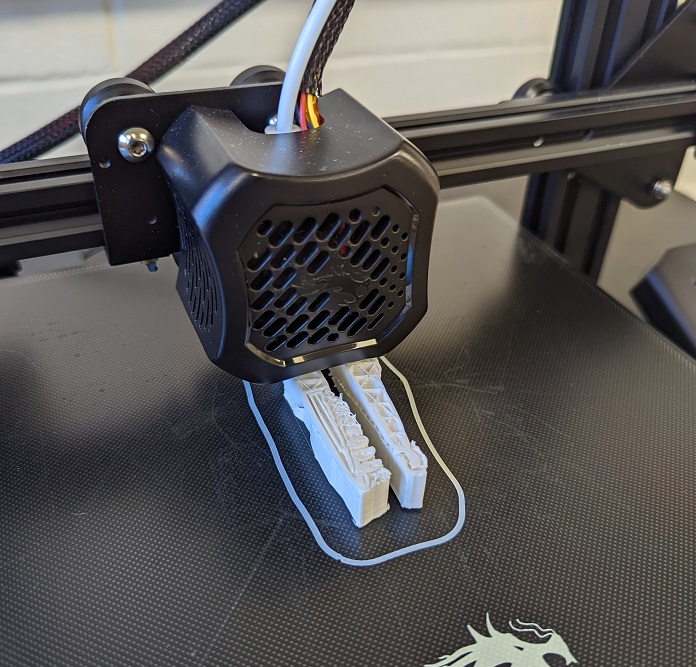
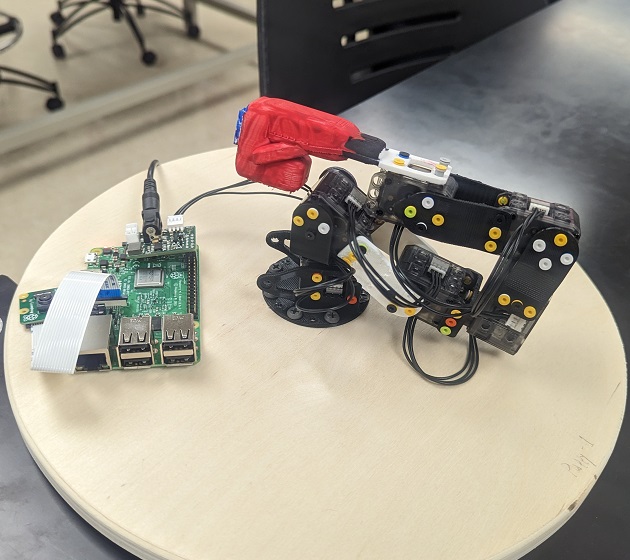
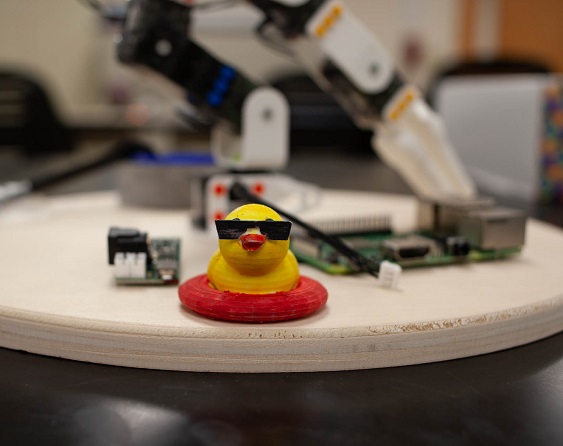
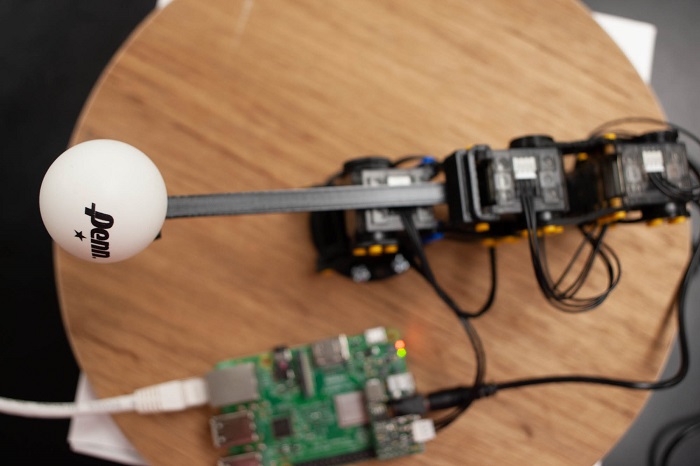
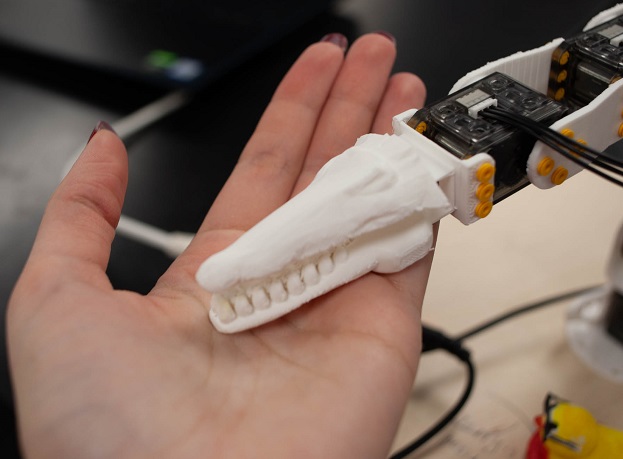
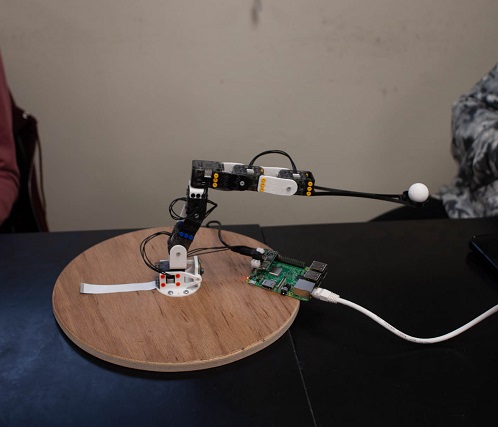
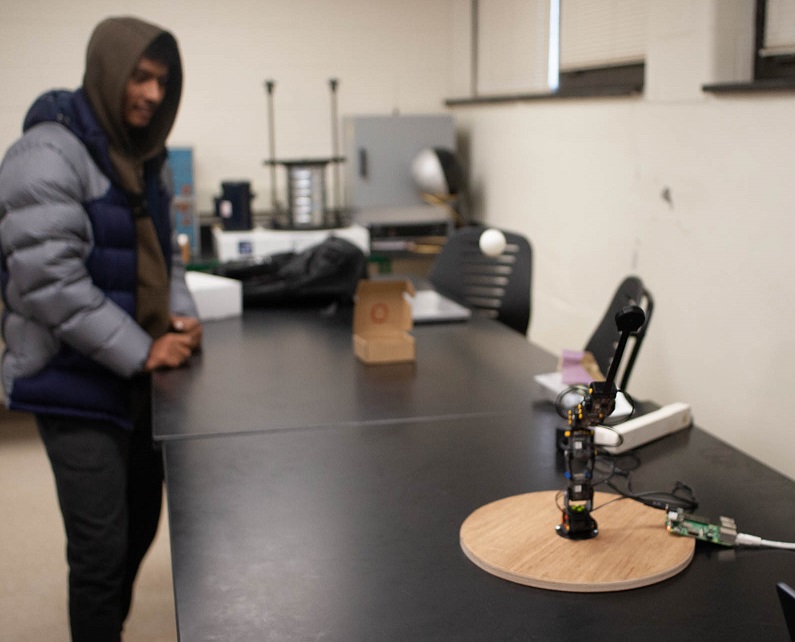
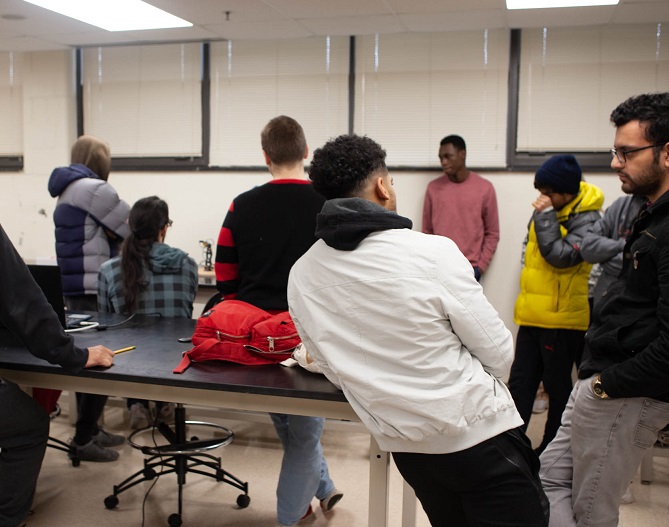
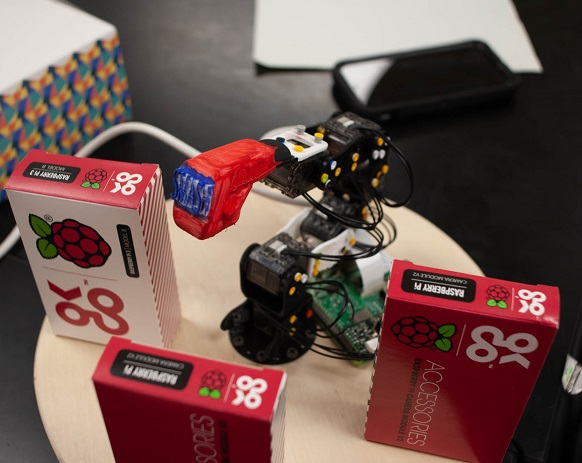
Summary and some notes
I loved teaching this class! It was always the highlight of my week and I felt refreshed every time I entered the class. I had an amazing assistant, Aung Thet Htwe, who helped out significantly in the design and creation of the course. Now for some last minute lessons I learned or were reinforced:
- Buy quality multimeters.
- Bring spare fuses for the multimeters. Many many many spare fuses. Teach a few students how to change them out so you are not the bottleneck
- Buy quality soldering irons with a brass sponge. I feel like an idiot cheaping out on this.
- Encourage smaller groups. Fewer cooks in the kitchen are better sometimes.
- Always be chill if a student makes an honest mistake. It’s just money in the end.
- Always be encouraging.
